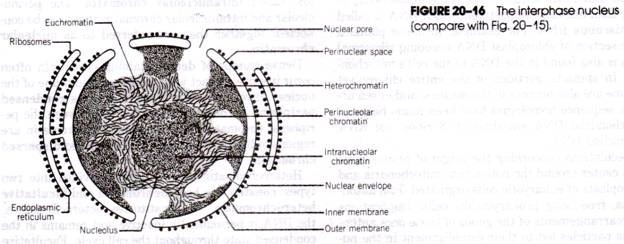In microbial bioprocessing scale up although many criteria have been provided but among them only four criteria as given in Table 8.6 are widely selected in practice.
Of these most emphasis has been given to specific power input, oxygen transfer and impeller tip speed.
However, there still exists a gap between the theory and practice of scale up. For example, in theory constant power input per unit volume is assumed to be very useful in earlier practice of penicillin fermentation but in reality Pg/V is normally not a constant.
In the light of failures of scale up of prototype into large systems more recent studies based on biological test systems suggest the need for serious engineering investigations on more precise biological data for use as scale up criteria. General data from industrial plants need to be correlated with hydrodynamic specifications. When these data are available scale up of bioreactors would be more realistic.
Microbial Process Scale up Example:
Production of kilogram quantities of daunorubicin an antibiotic for cancer chemo therapy has been produced by a Streptomycete fermentation scale up procedure as shown in Fig. 8.3 flow chart.
In the scale up of this process biotechnology in addition to fermenter operating parameter values shown in this figure, operating parameters values for the scale up/production fermenter are 1/2 vvm sparge rate, 10 psig back pressure, and 125 rpm (impeller tip speed of 750 ft./min). Under these parameteric conditions in the scale up fermenter, the sulfite oxidation rate in water is 2.0 m moles O2 l-1 min-1.
A time course of a typical daunorubicin scale up fermenter (10, 0001) run is shown in Fig.8.4. The results indicated that harvest litres in the scale up fermenter have increased from run to run. This was due to the fermentation improvement program including scale up strategy. In non-Newtonian microbial fermentation process scale up considerations for fermentation mixer scale up play a key role. In general, in the first stage in scale up procedure, only the gross responses of the microorganisms to the external environment are established.
Also, to minimize effort and material costs experiments are carried out in bench scale fermenters. However, the scale up relationships developed should be independent of scale, i.e. size of the fermenter/ bioreactor. Thus, the equipment used for the experiments should be selected or designed to ensure artifacts, for example, due to poor mixing are not inadvertently introduced into the results.
Based on the results of experiments and an economic assessment, which takes into account the likely heat and mass transfer constraints of the large scale bioreactor, a scale up target for the process performance and the range of environmental conditions necessary to achieve the target is determined.
The scale up process performance is usually specified in terms of one or more of the following: product concentration, productivity, yield of purity. However, classical scale up of process biotechnology is always associated with problems related to micro-kinetics, thermodynamics and transport phenomena.


